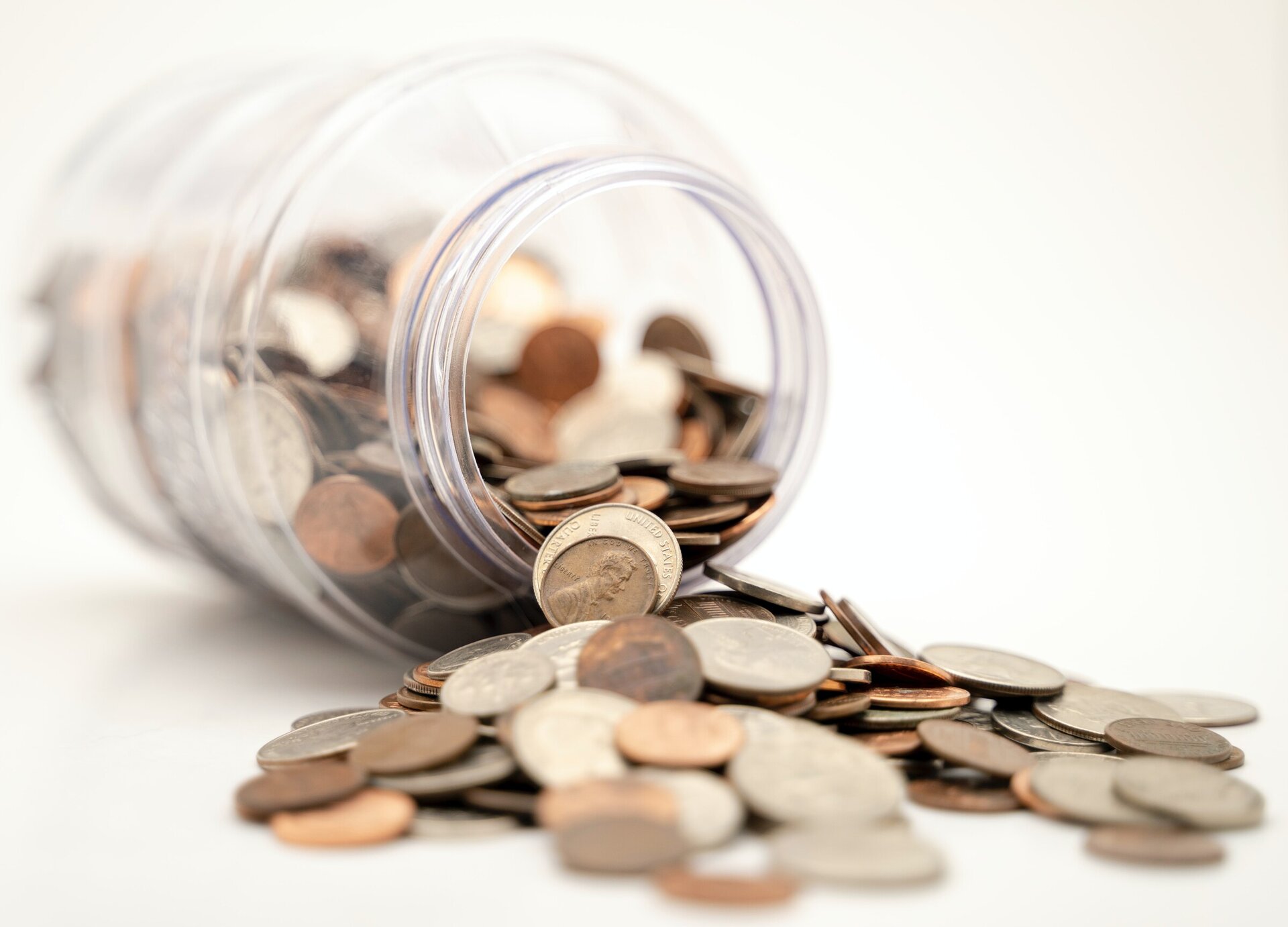Your gross profit margin is what is left from your total sales after variable costs are deducted.
For example, if you are a retailer and your sales in a given period are $1,000,000 and the cost of the goods you sell in that period is $650,000, your gross profit margin is $350,000, or 35%.
In the above example, if you implement some strategies to improve the margin from 35% to 39%, your gross profit will improve from $350,000 to $390,000. That’s an increase in profit of $40,000. You may need to increase your overheads a little to get that increase, however if you get the results, it will be well worth your investment and energy.
There are many ways to lift gross profit. Some will be appropriate for your business, and some won’t. For example, if you’re a retailer, you could focus on reducing stock shrinkage and theft, avoiding some discounting, and making sure you minimise obsolete stock.
If you’re a contractor, you might focus on rework and wastage, ensuring all work and materials on jobs get billed, and team member productivity.
We can help you to determine the best strategies to lift your margins. We can then run your figures through our Cashflow & Profit Improvement Calculator to show you the impact of seemingly small changes.
Don’t let poor margins destroy your cashflow and working capital. Get some help from us to make a better plan.






